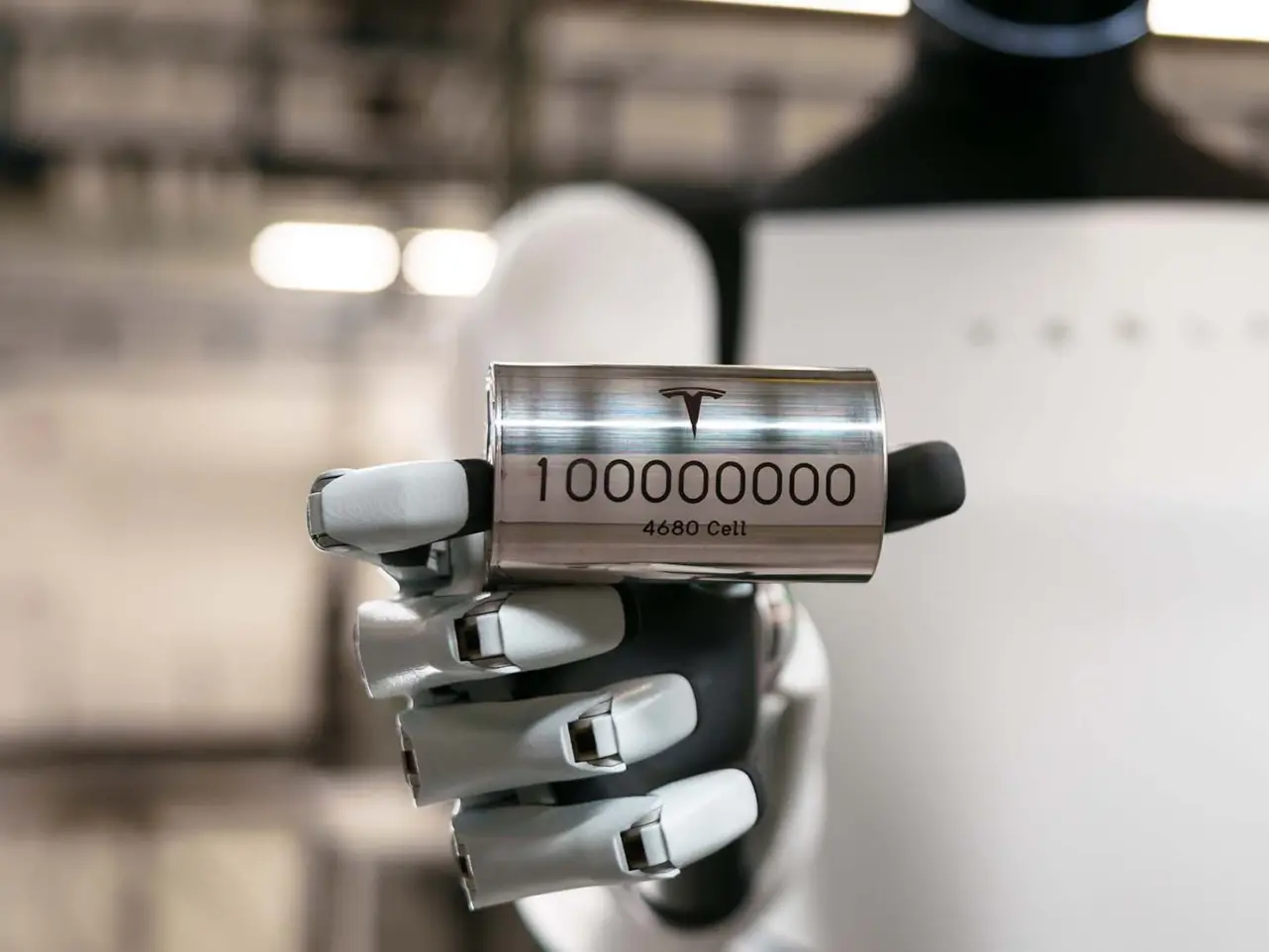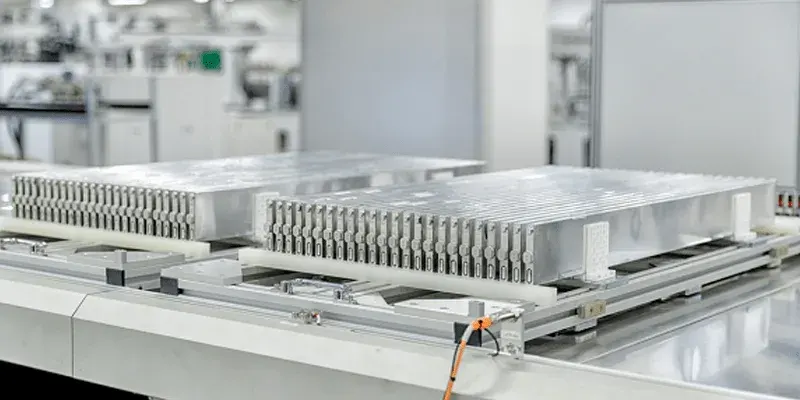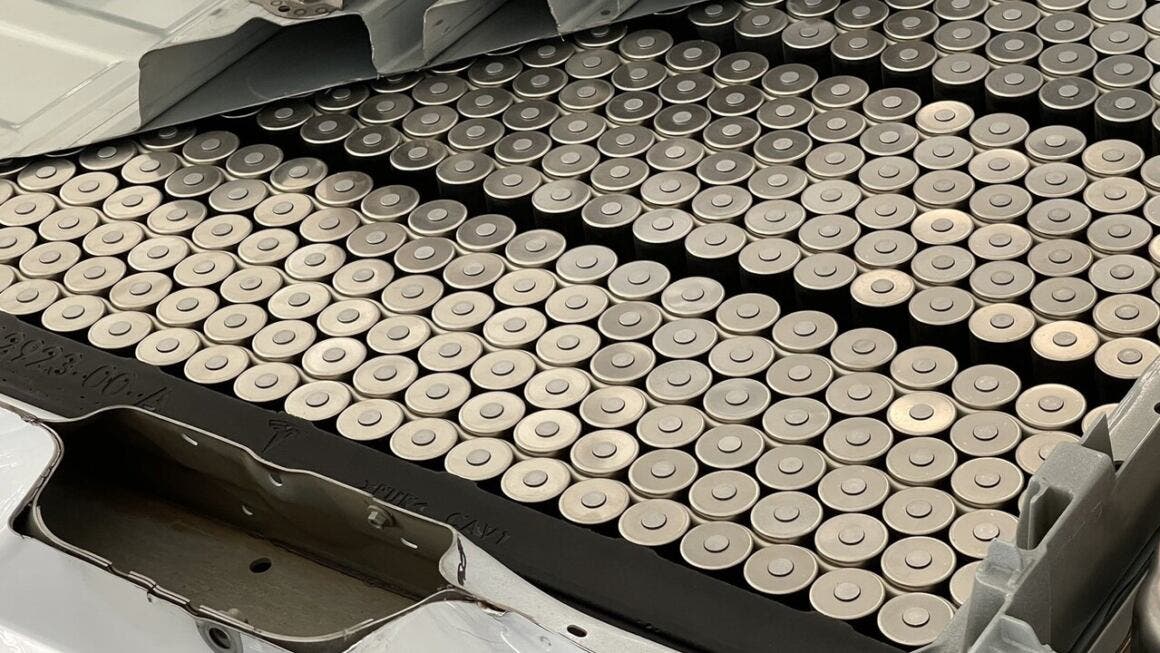A group of researchers at RWTH Aachen University in Germany conducted an in-depth study on two of the most talked-about EV batteries: Tesla’s 4680 cell, built by Panasonic and used in the Model Y, and BYD’s Blade Cell, which powers models like the Sealion 7.
The goal was to break down their design, chemical makeup, and performance differences to see whether one truly outshines the other. The findings revealed that the two batteries are surprisingly comparable in terms of overall performance, yet far from identical.
The first distinction lies in their chemistry. Tesla’s 4680 relies on a nickel-cobalt-manganese (NCM) composition, while BYD uses lithium-iron-phosphate (LFP), a formula increasingly popular thanks to its lower cost and enhanced safety profile.

Design differences are just as significant. Tesla’s 4680 features an advanced cooling system that boosts performance but comes at a price, it generates considerably more heat during charging. BYD’s Blade Cell, in contrast, runs cooler, cutting thermal stress and potentially extending battery lifespan.
The construction methods also diverge. Tesla employs laser welding to secure its electrodes, while BYD relies on a stacking process, which is simpler but effective in maintaining energy density and structural integrity.

The study highlights how these industry giants are pursuing different strategies to dominate the electric mobility space. With Europe moving steadily toward phasing out combustion engines over the next decade, the push for advanced battery tech has never been stronger. Companies like CATL are already exploring alternatives such as sodium-ion cells, which could disrupt the market in the coming years.
This Tesla vs. BYD matchup (unfortunately, for all those who had already started cheering) doesn’t crown a definitive winner but underscores how innovation follows multiple paths. Tesla leans into power and sophisticated management systems, while BYD focuses on reliability and efficiency. Together, these approaches are shaping the foundation for the EV future.
